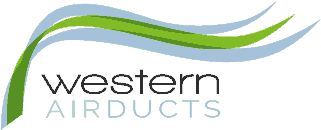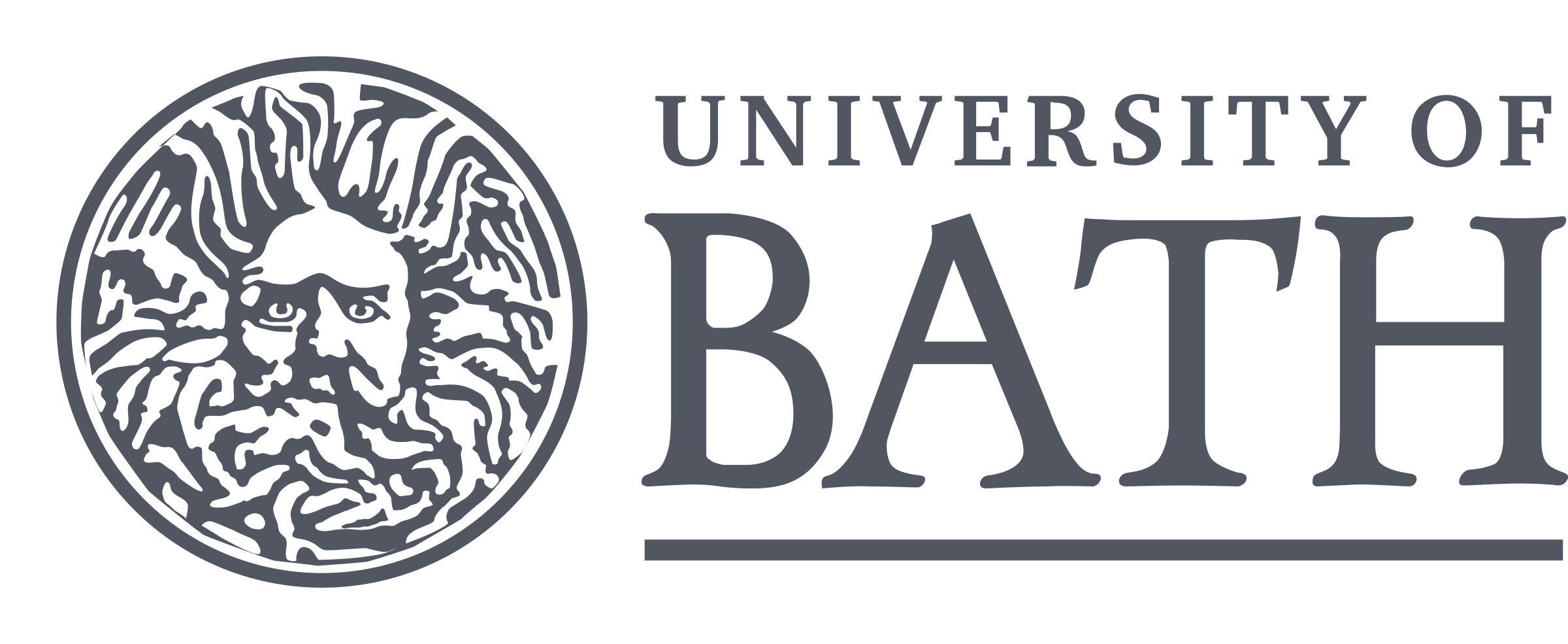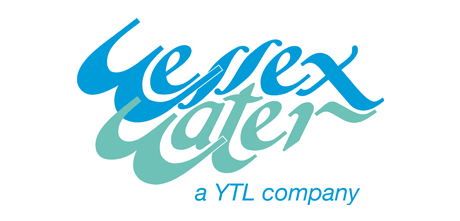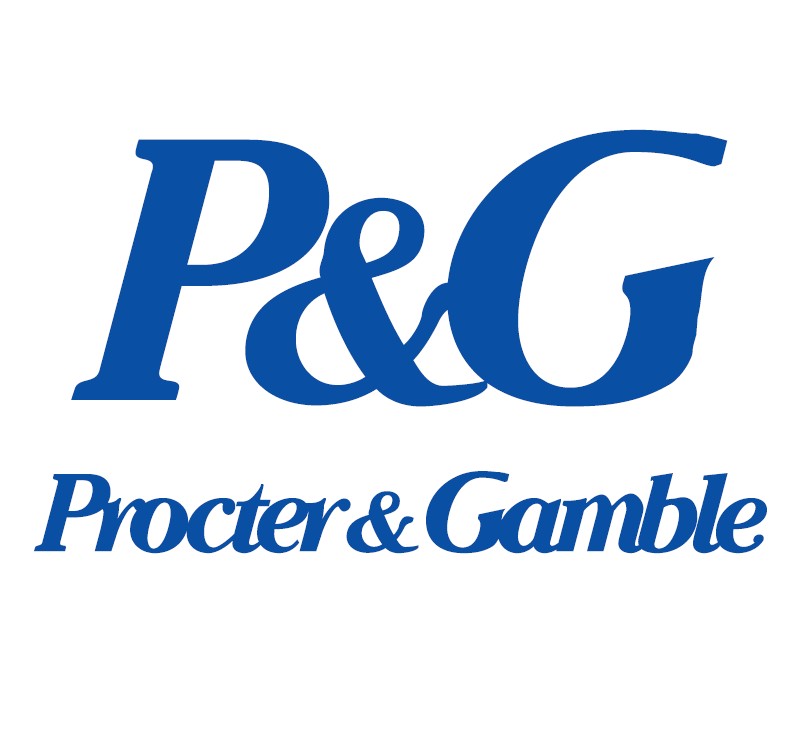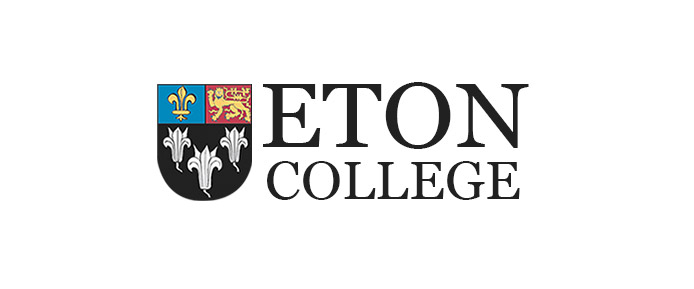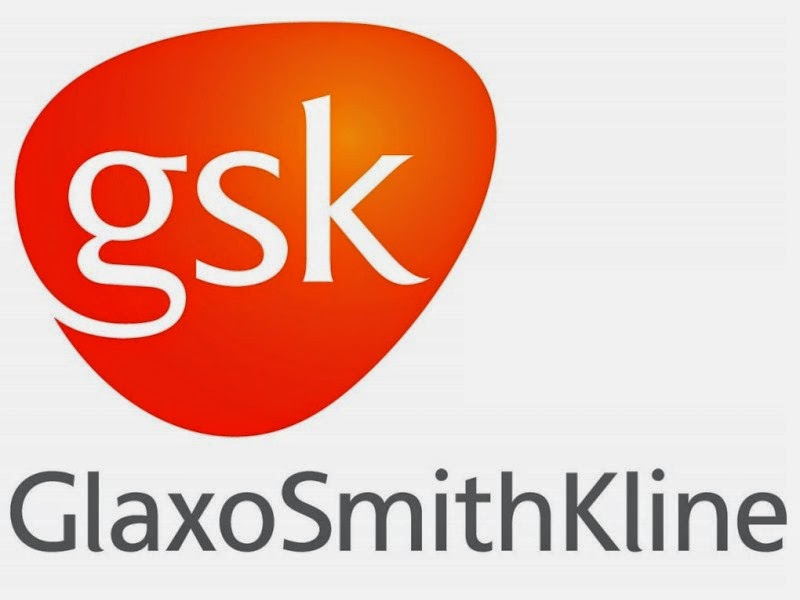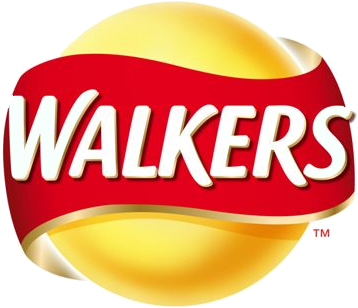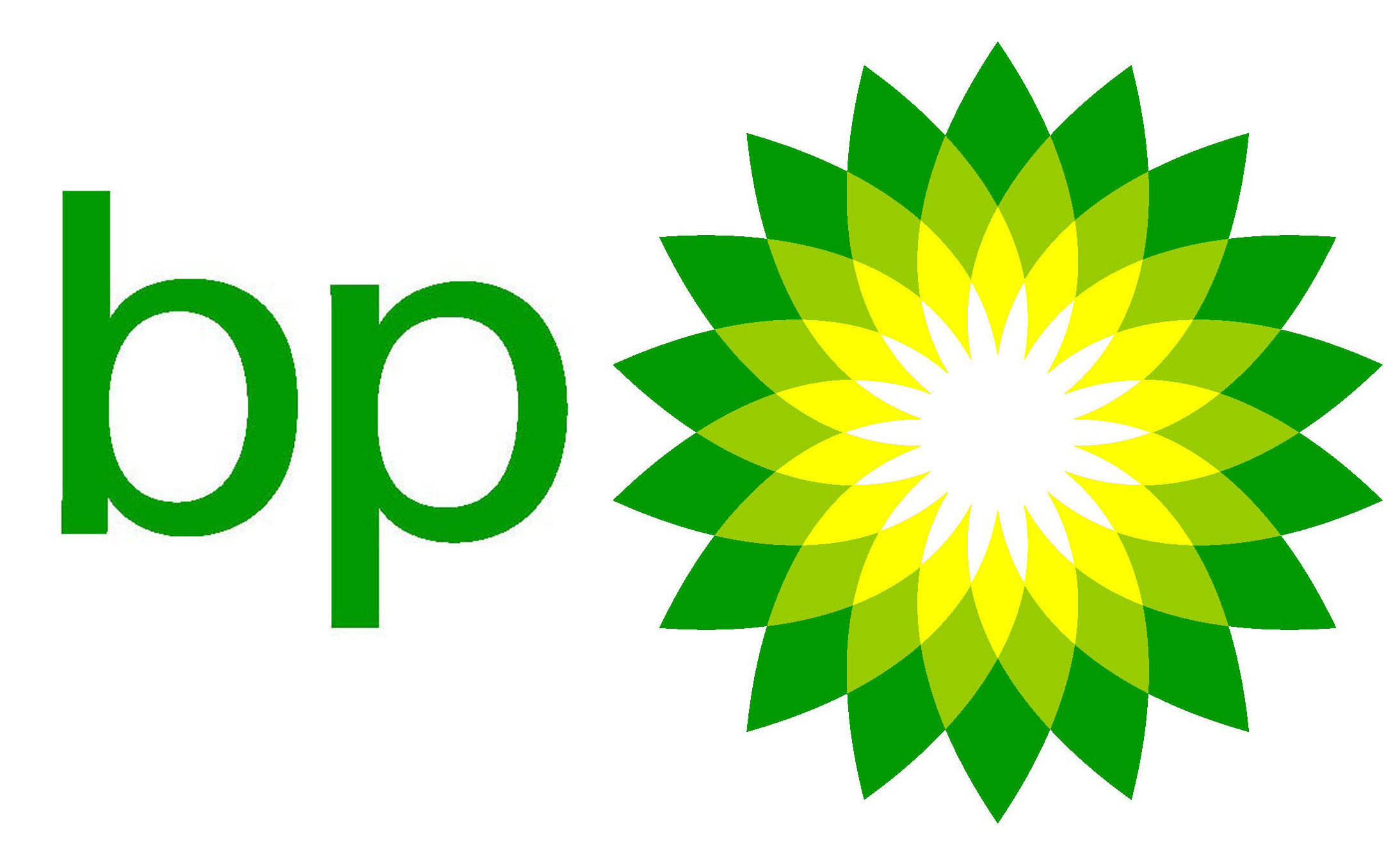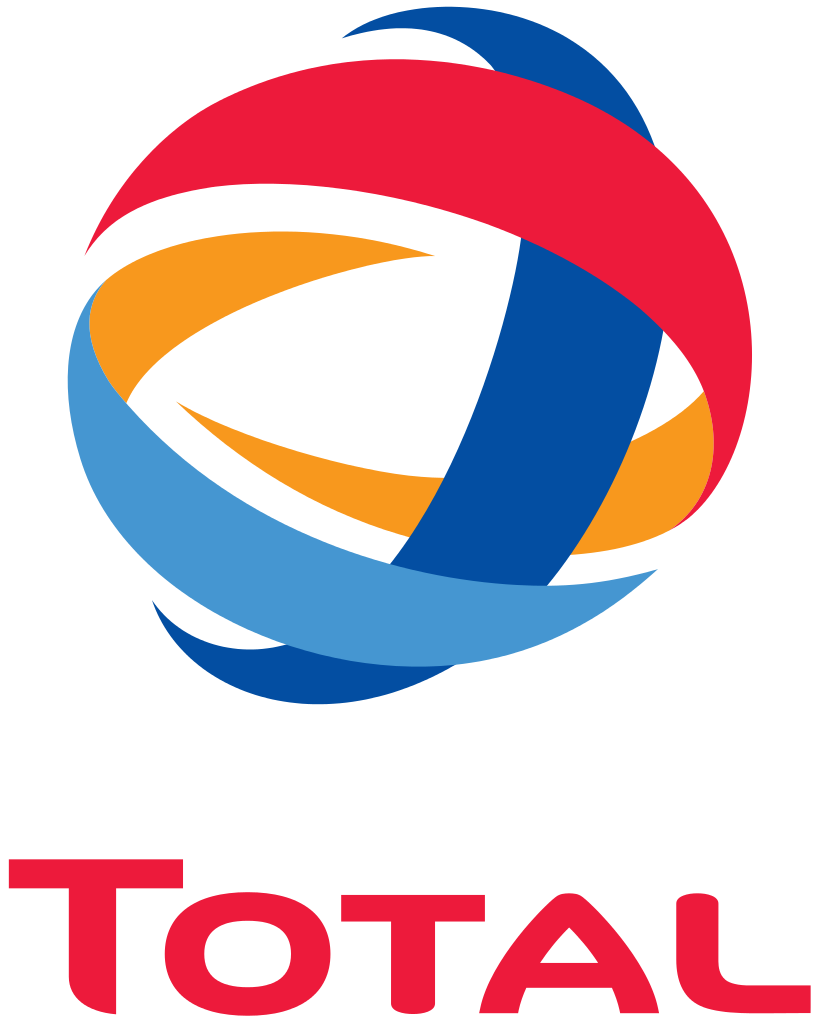Clean air is a fundamental requirement in industrial environments—not just for the comfort and safety of personnel but also for regulatory compliance and operational efficiency. In sectors where airborne particulates, fumes, and contaminants are byproducts of production, effective dust extraction systems are vital.
While WAD does not offer residential air duct cleaning, we are specialists in the inspection, maintenance, and optimisation of industrial dust and fume extraction systems, particularly through COSHH-compliant LEV (Local Exhaust Ventilation) testing and servicing. Understanding the process of how air duct systems are cleaned and maintained is valuable for facilities managers and compliance officers alike. Here, we explain what happens during the professional cleaning and inspection of industrial air extraction systems.
Why Dust Extraction System Maintenance Is Crucial
Industrial air handling and extraction systems are exposed to a significant volume of particulate matter—dust, fumes, fibres, and mists—depending on the processes involved. Over time, this buildup can reduce system efficiency, create fire or explosion risks, and lead to non-compliance with Control of Substances Hazardous to Health (COSHH) regulations.
Routine inspection and maintenance—often referred to as LEV testing—is not only a regulatory requirement but a critical component of ensuring safe working conditions and prolonging the lifespan of extraction equipment.
What Typically Happens During Industrial Ductwork Cleaning and Maintenance
1. Initial System Review and Risk Assessment
A professional inspection begins with a review of the existing LEV system setup, including the type of contaminants involved, volume of emissions, ductwork layout, and previous service records. This is followed by a risk assessment to ensure safe access and handling of hazardous substances during the maintenance process.
2. Visual and Instrument-Based Inspection
Before cleaning, technicians conduct a detailed inspection of the ductwork using borescopes, airflow meters, and visual assessments. This identifies:
-
Areas of dust accumulation or blockages
-
Mechanical wear or damage
-
Leaks or compromised duct integrity
-
Poor airflow or system inefficiencies
These findings are often benchmarked against performance requirements laid out in HSE guidance HSG258, which governs LEV systems.
3. Preparation and Containment Measures
To prevent cross-contamination or disruption to production areas, the maintenance zone is prepared carefully. This may involve:
-
Isolating parts of the system
-
Installing temporary containment barriers
-
Setting up high-efficiency particulate air (HEPA) filtration units or negative pressure vacuums to safely extract dust
4. Mechanical Cleaning Techniques
Industrial systems require robust cleaning techniques, which may include:
-
Mechanical brushing systems for duct interiors
-
Compressed air jets or air whips to dislodge accumulated dust
-
Vacuum extraction units fitted to ductwork to remove debris without releasing it into the workplace
-
Manual removal in inaccessible or high-risk areas
In heavily contaminated systems, a sectional dismantling of duct runs may be needed to allow for complete cleaning and inspection.
5. Fan, Filter, and Hood Servicing
Dust extraction systems are more than just ductwork. Key components like the fan housing, filters (e.g., HEPA or bag filters), and capture hoods are also cleaned and inspected. This ensures optimal performance and protects operators from exposure to airborne contaminants.
Filters may be cleaned, replaced, or tested for pressure drop to confirm they are operating efficiently.
6. Performance Testing and Airflow Checks
After cleaning, the system is reassembled and tested. This involves:
-
Airflow measurement at key capture points using anemometers or pitot tubes
-
Static pressure tests within the ductwork
-
Visual assessments (e.g., smoke testing) to confirm effective contaminant capture
All results are documented to demonstrate compliance with COSHH and LEV performance standards.
7. Reporting and Certification
A detailed technical report is issued, including:
-
Photographic evidence of cleaning and inspections
-
Airflow and pressure data before and after servicing
-
Maintenance recommendations
-
Certification of LEV testing under COSHH regulations
This documentation is crucial for audits, insurance purposes, and demonstrating duty of care to employees.
How Often Should Duct Cleaning and LEV Maintenance Be Performed?
The frequency of industrial duct cleaning and LEV maintenance varies based on:
-
The nature of the processes and materials handled
-
The level of airborne contaminants
-
Manufacturer guidelines
-
COSHH risk assessments
However, an annual LEV test is a legal requirement under COSHH Regulation 9. In more demanding environments (e.g., woodworking, welding, pharmaceuticals), more frequent servicing may be recommended.
Signs That Dust Extraction Maintenance Is Overdue
-
Noticeable dust settling around vents or machinery
-
Unpleasant odours or haze in the air
-
Decreased suction at extraction points
-
Excessive noise or vibration from fans
-
Spike in respiratory complaints or health issues among staff
If any of these symptoms are present, a professional inspection should be scheduled immediately.
Final Thoughts
Understanding the industrial air duct cleaning and dust extraction maintenance process is crucial for any facility committed to safe, efficient operations. While residential air duct cleaning has its place, the demands of industrial environments require a deeper level of technical knowledge, regulatory awareness, and precision.
At Western Air Ducts, our role isn’t just to clean—we ensure extraction systems are compliant, effective, and tailored to the unique demands of each facility. By maintaining your LEV systems correctly, you not only meet legal obligations but protect your workforce and reduce downtime.
